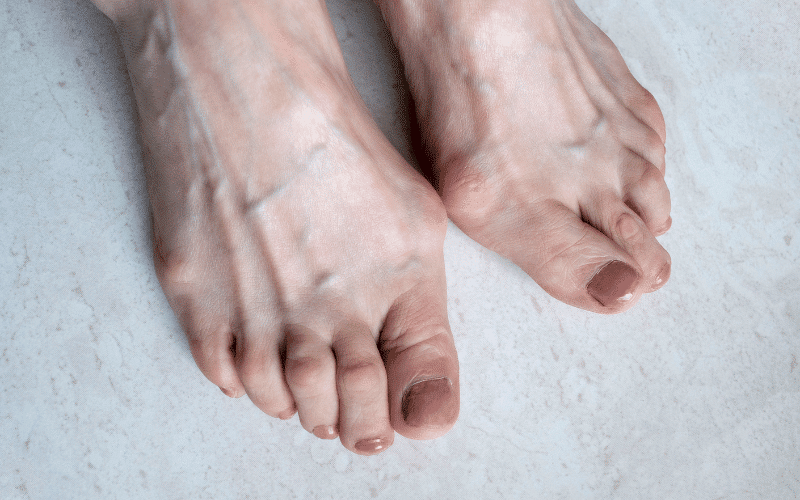12. Foot Abnormalities: The Unsteady Steps of FRDA

Foot abnormalities, such as high arches and hammer toes, are common physical manifestations in individuals with Friedreich’s Ataxia. These structural changes not only affect the person’s gait but can also lead to discomfort and pain, significantly impacting daily activities.
The foot is a complex structure made up of multiple bones, ligaments, and muscles. Each element works in conjunction with the others to ensure stability and mobility.
High arches, medically known as pes cavus, occur when the arch running lengthwise along the sole is overly high. This condition shifts the weight towards the ball and the heel of the foot, which could lead to instability and pain.
In addition, hammer toes, where the toes bend downwards at the middle joints, can also develop in FRDA patients. This abnormal bending can put pressure on the toe when wearing shoes, leading to problems like corns and calluses.
Both high arches and hammer toes in FRDA are the result of muscle weakness and imbalance caused by nerve damage. With the foot muscles unable to perform their functions effectively, these deformities may develop and progressively worsen over time. Treatments like orthotics, physiotherapy, and, in some cases, surgery might be necessary to manage these foot abnormalities. (12)